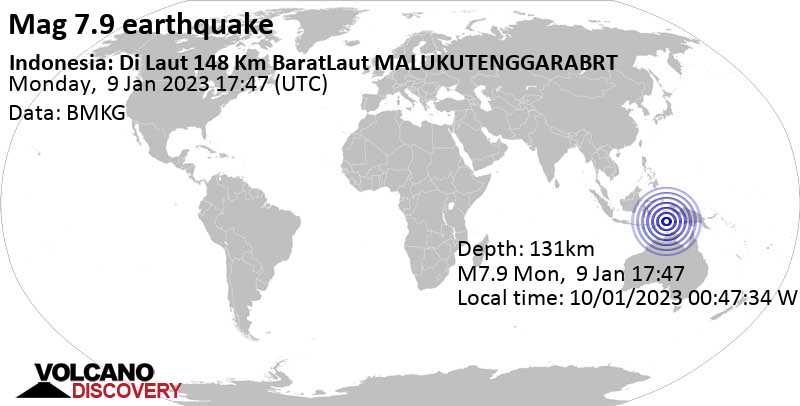Age-modified Percentages (%) out of Partnership Dissolution Anywhere between Standard (1997) and you can Realize-right up (2002) for Finnish Group Aged 65+ Decades Cohabiting or Hitched in the Standard
Table 5 reveals this-modified and you may completely adjusted multinomial logistic habits anticipating union benefit to have cohabiters compared with the brand new married. The bottom benefit is actually no dissolution. The age-adjusted design for the Table 5 shows age-adjusted cost shown for the Desk cuatro, on the likelihood of union dissolution getting higher certainly one of cohabiters. By far the most powerful difference between cohabiters together with hitched was in chances off separation (Or = ten.nine for males and even = 9.2 for ladies): one of males, new ORs out-of bereavement, institutionalization, and you can death was indeed around step 1.6, whereas certainly female, they varied from one.6 to have bereavement to help you 2.0 to own dying.
marrieds) away from Multinomial Logistic Regression Models towards the Relationship Outcome during the Follow-right up (2002) to own Finnish Group Aged 65+ Age Managing a spouse otherwise Companion at the end of 1997
Controlled having period of topic and spouse, part of household, degree, occupational public category, private net gain, and you will owning a home.
marrieds) regarding Multinomial Logistic Regression Activities on the Commitment Result at Follow-right up (2002) for Finnish Someone Aged 65+ Ages Coping with a wife or Companion at the end of 1997
Managed getting ages of topic and you can companion, area of house, training, work-related personal group, individual net gain, and you will owning a home.
Chance Rates (ORs; cohabiters compared to
The fresh new completely adjusted design inside the Desk 5 suggests the fresh ORs out of the newest union effects when chronilogical age of topic and you can lover and you may socioeconomic properties was basically controlled getting. Socioeconomic activities taken into account only 7%–28% of your variations in the chances of your own different commitment consequences within cohabiting and the hitched. The higher probability of institutionalization and you may demise one of women and you can ong both men and women was basically such separate off socioeconomic factors. Certainly one of guys, as much as a quarter of your highest likelihood of instiutionalization have been owed so you’re able to socioeconomic circumstances, that can explained regarding the ten%–20% of the highest likelihood of perishing throughout the go after-upwards certainly cohabiters. All the effects stayed significant shortly after changes to have socioeconomic circumstances.
Dialogue
It is fair to state that cohabitation is still an uncommon technology one of the Finnish earlier populace: the brand new prevalence about 3% one of people and you may 2% certainly one of female old 65 many years and you will earlier in the 2003 ( Desk step 1). Centered on Brown and you will acquaintances (2006), the fresh ratio is shorter in the us. In their census-mainly based data, they showed that step 1.5% of individuals old 50 years and you can earlier was cohabiting inside the 2000. Given that cohabitation was less frequent certainly elderly cohorts, chances are the fresh ratio is even reduced one particular aged 65 years and you may elderly. This would indicate that older cohabitation is over two times as common during the Finland such as the usa. Regardless if nonetheless uncommon, it has got rapidly become more prominent: Amongst the age 1990 and you may 2003, the frequency out of cohabiting among Finns old 65 years and elderly expanded from the in the 80%.
The increase in the cohabitation are partially on  account of cohort replacement for because the younger cohorts with increased ratio from separated individuals are alot more likely to like postmarital cohabitation than simply the pre; Chevan, 1996). Furthermore, attitudes with the cohabitation have become a whole lot more open-minded, greet being high certainly more youthful cohorts ( Haskey, 2001). An effective Canadian analysis along with reveals a powerful several months perception, men and women divorcing at an after period getting more prone to postmarital cohabitation irrespective of the latest cohort ( Wu & Balakrishnan, 1994). I found the development in the cohabitation way more obvious one of those younger than 75, and that that would imply a beneficial cohort impression plus the overall period feeling. As the majority of the increase inside generation is one of the fresh divorced (results perhaps not found), apparently more youthful cohorts which have a higher proportion from divorced anybody and maybe far more liberal beliefs into the cohabitation are relocating to retirement.
account of cohort replacement for because the younger cohorts with increased ratio from separated individuals are alot more likely to like postmarital cohabitation than simply the pre; Chevan, 1996). Furthermore, attitudes with the cohabitation have become a whole lot more open-minded, greet being high certainly more youthful cohorts ( Haskey, 2001). An effective Canadian analysis along with reveals a powerful several months perception, men and women divorcing at an after period getting more prone to postmarital cohabitation irrespective of the latest cohort ( Wu & Balakrishnan, 1994). I found the development in the cohabitation way more obvious one of those younger than 75, and that that would imply a beneficial cohort impression plus the overall period feeling. As the majority of the increase inside generation is one of the fresh divorced (results perhaps not found), apparently more youthful cohorts which have a higher proportion from divorced anybody and maybe far more liberal beliefs into the cohabitation are relocating to retirement.



































